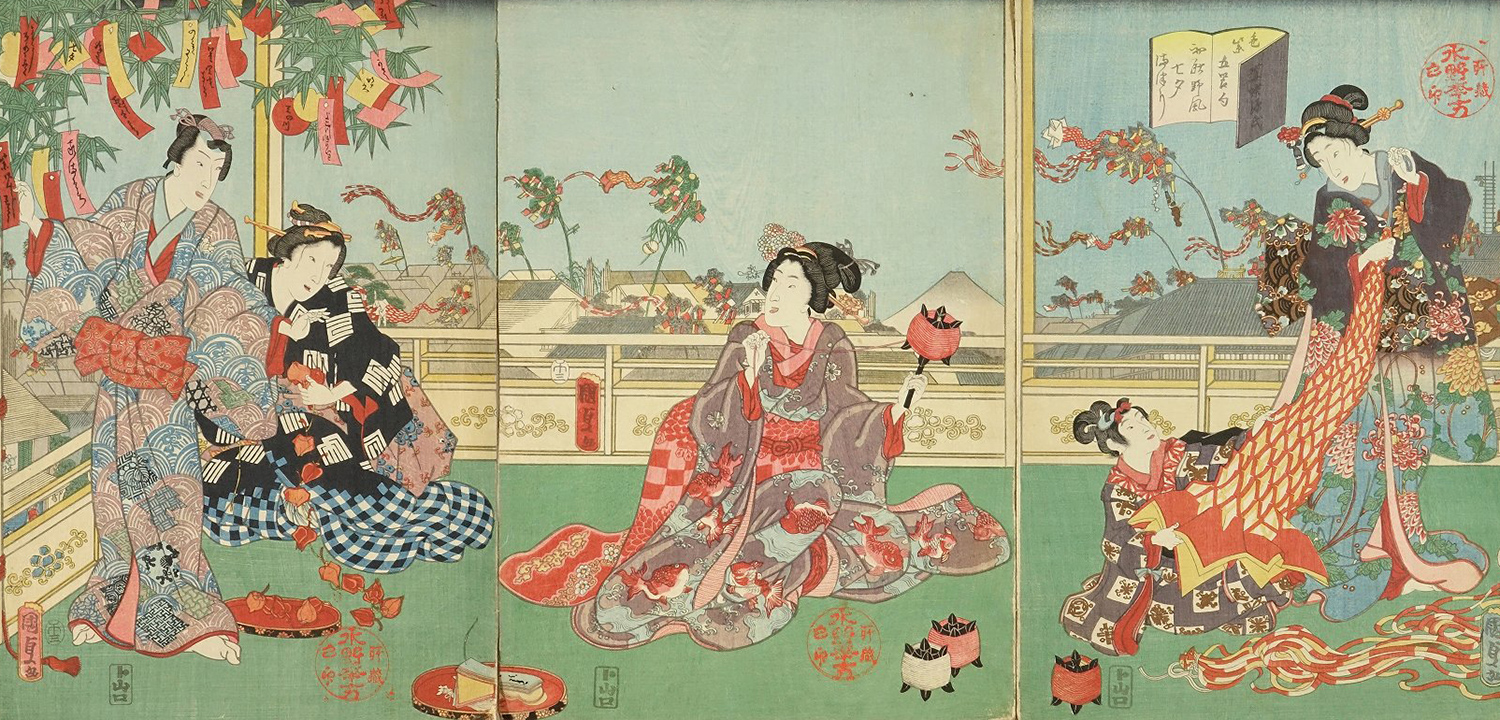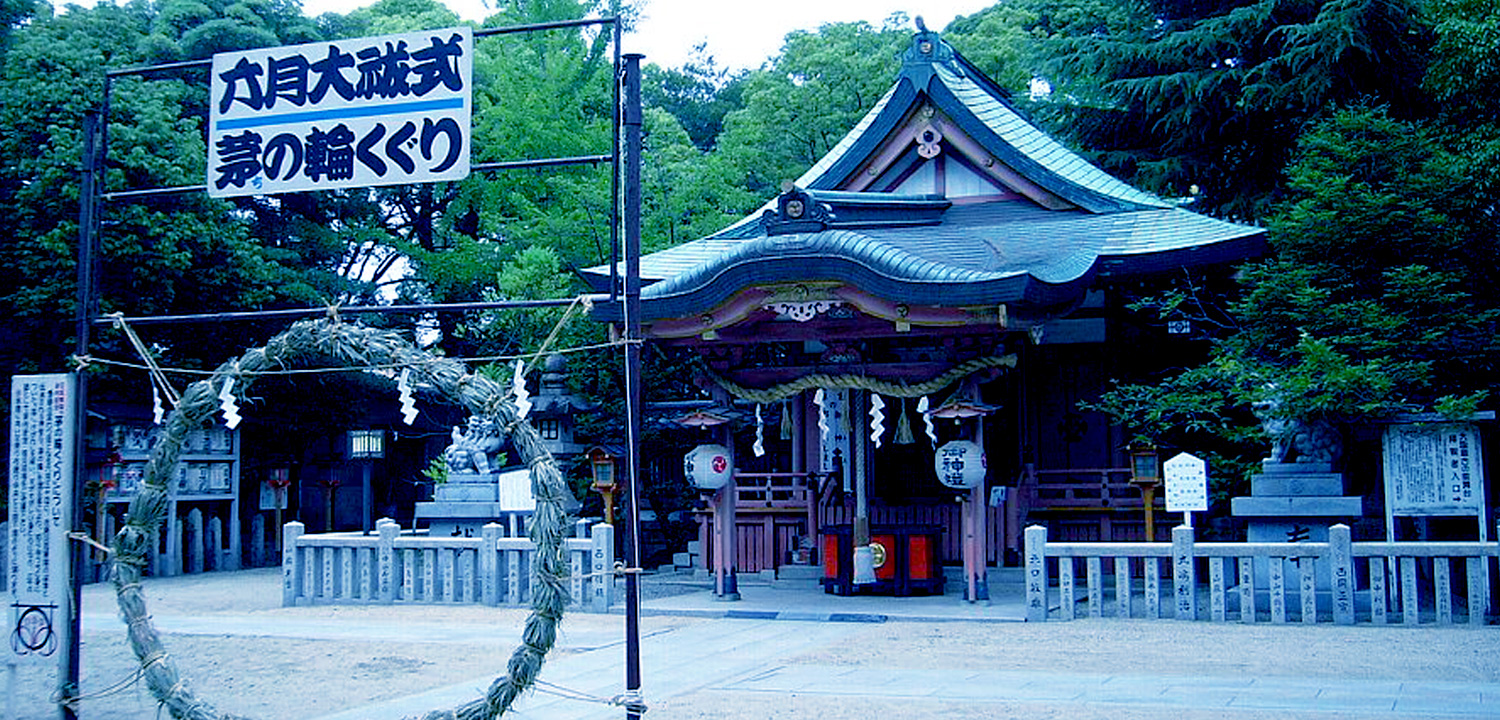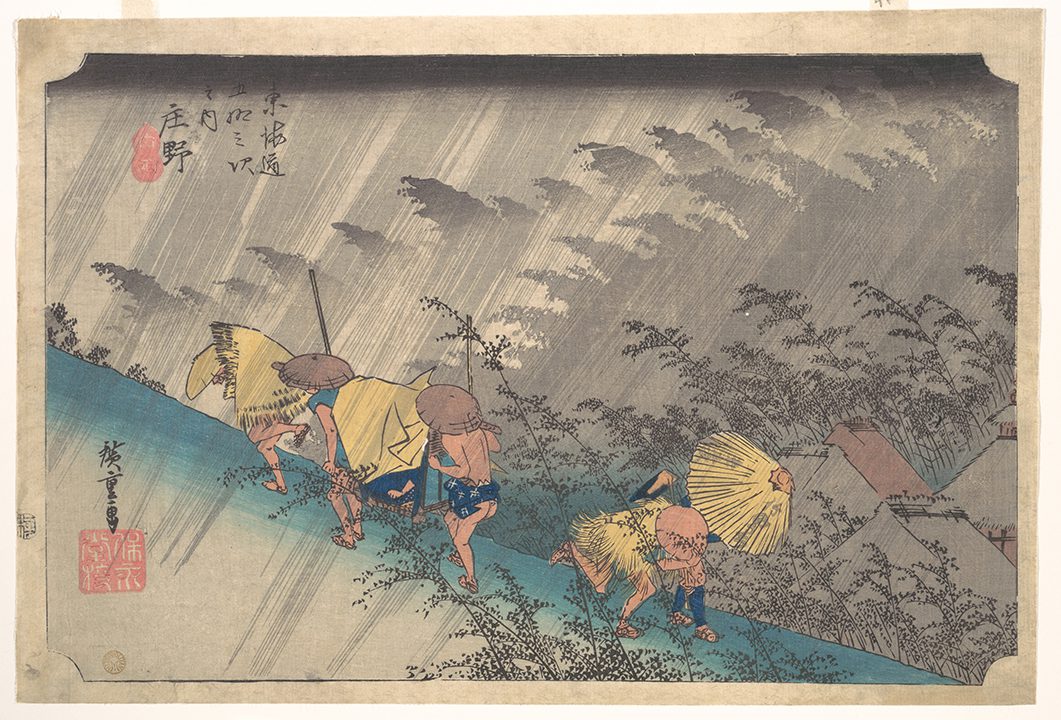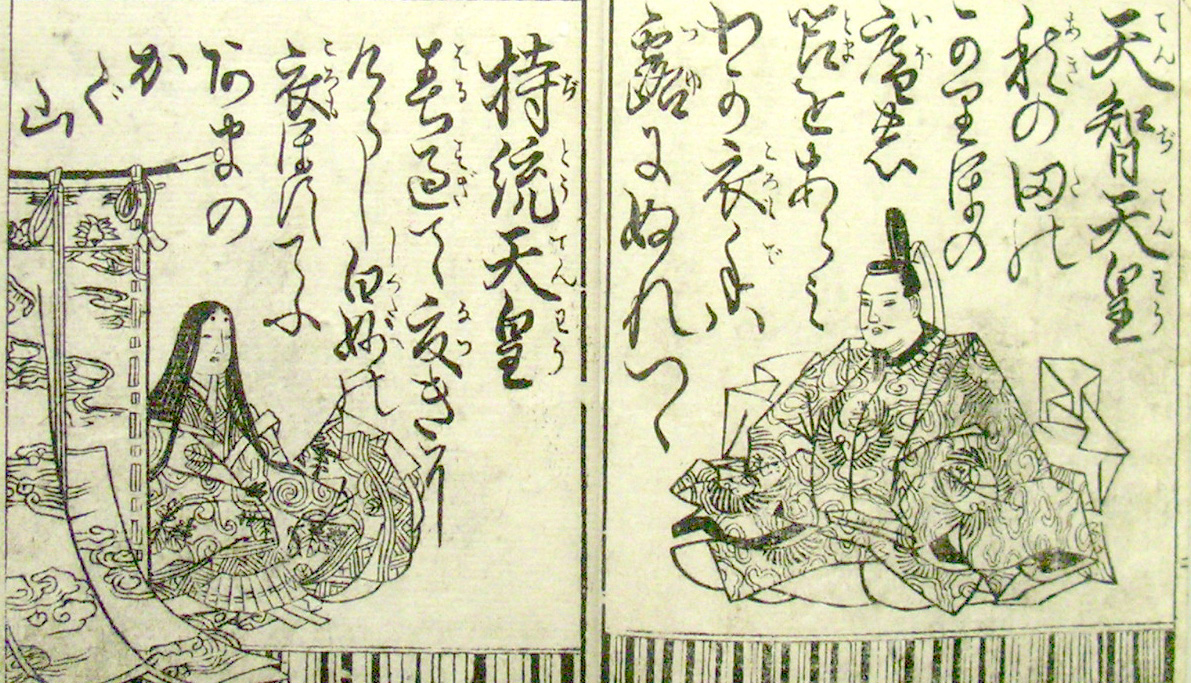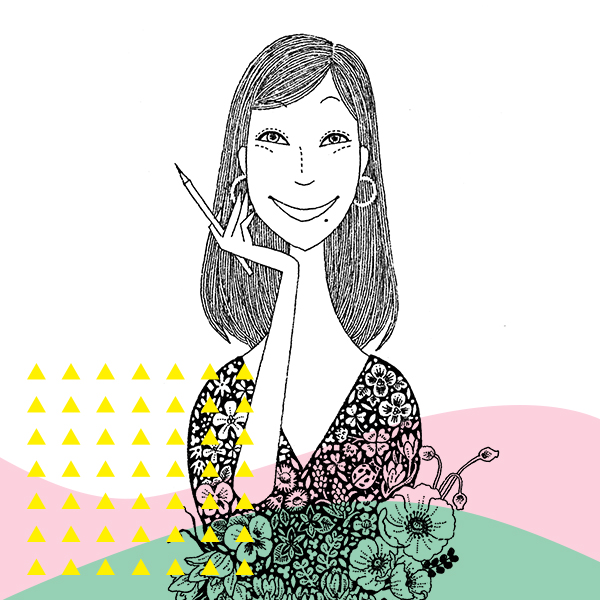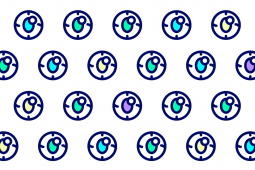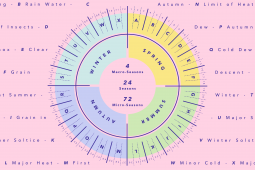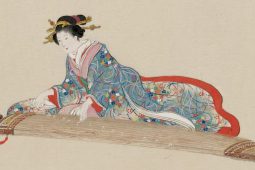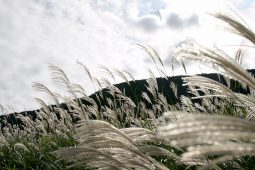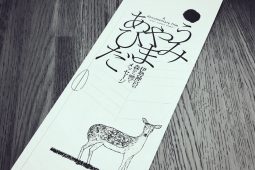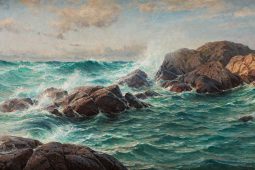I introduce a book today. I saw it at the book store the other day, it looked interesting and I tried reading it. “Everyday is a good day: 15 happiness taught by ‘Tea'” (only in Japanese) by Noriko Morishita.
First I introduce the overview.
Twenty-five years have passed since I began learning tea. Everyday I stumbled upon my job and kept searching for my whereabouts with anxiety. In the sorrow of broken heart, death of my father, when I noticed, there was “tea” beside me. Freedom that has come to me in a straitjacket of rules. A mind resting that “Only staying here is okay”. I smell rain, I can hear one grain of rain… Together with the pleasures of tasting the seasons with five senses, “I am alive now!” I spell that impression vividly.





